12 Sneaky Foods That Might Be Spiking Your Blood Sugar Levels
In today’s health-conscious world, many individuals are becoming increasingly aware of the impact of sugar on their overall health. While the obvious culprits like candies, sodas, and desserts are easy to spot, there exists a hidden world of foods that surreptitiously spike blood sugar levels. This phenomenon, often overlooked, can lead to unexpected health challenges, particularly for those managing diabetes or insulin sensitivity. Understanding these hidden sugars is crucial for maintaining a balanced diet and preventing long-term health issues. This guide will delve into the top 12 food culprits that secretly elevate blood sugar levels, providing insights into why they're problematic and how to manage their consumption effectively. By the end of this exploration, you will be equipped with the knowledge to make informed dietary choices, ensuring better blood sugar control and overall health.
1. Refined Grains: The Deceptive Staples
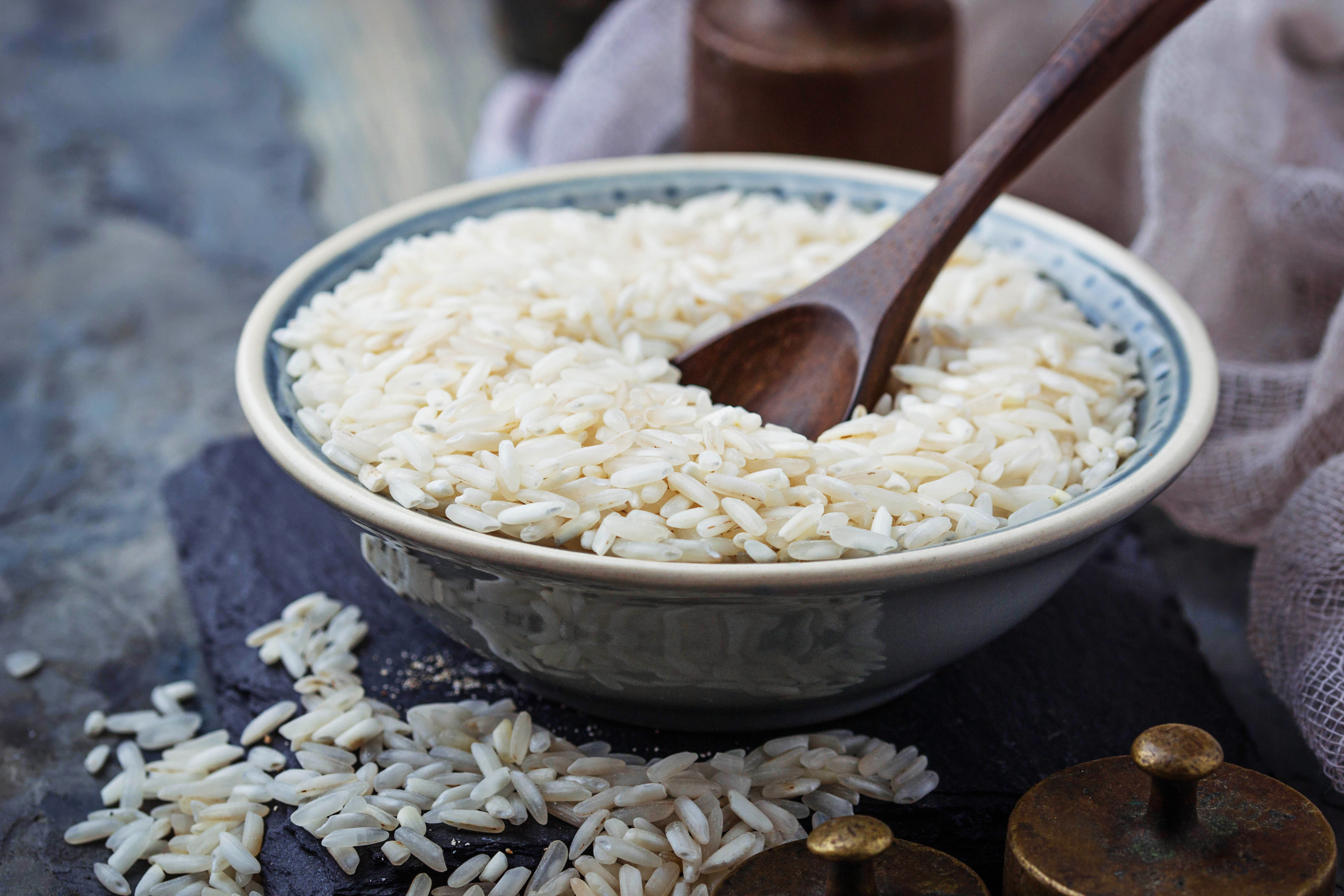
Refined grains, such as white rice and white bread, are staples in many diets worldwide, yet they are significant contributors to blood sugar spikes. These grains have been stripped of their fiber, vitamins, and minerals, leaving behind a carbohydrate-rich product that the body quickly converts into glucose. This rapid conversion can lead to sharp increases in blood sugar levels, making refined grains a hidden threat to those unaware of their impact. Whole grains, in contrast, contain fiber that slows digestion and glucose absorption, providing a more stable energy release. By understanding the difference between refined and whole grains, individuals can make better dietary choices that support stable blood sugar levels.
2. Sweetened Beverages: Liquid Sugar Bombs
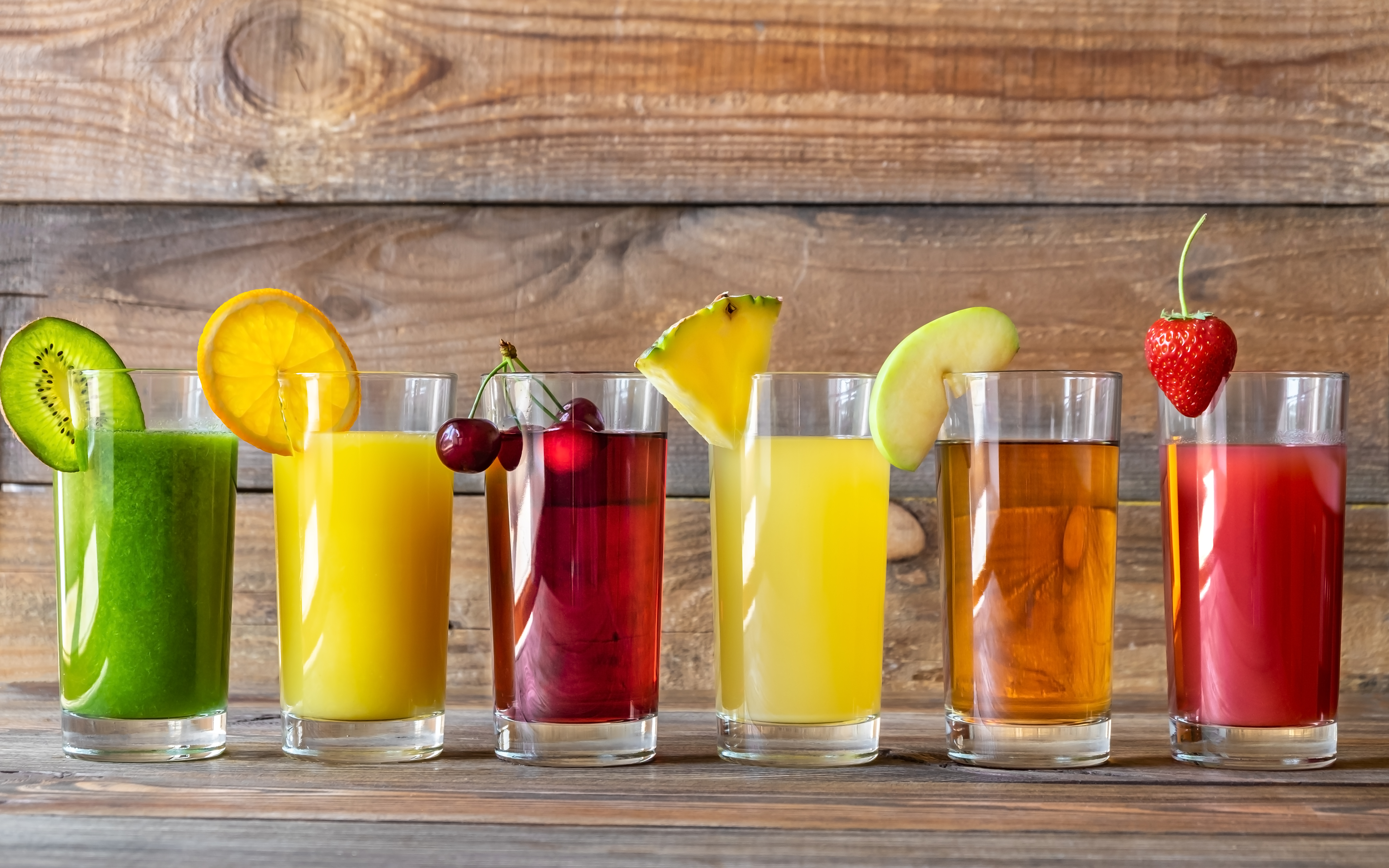
While most people recognize sodas as sugary drinks, many overlook the impact of other sweetened beverages like fruit juices, energy drinks, and flavored coffees. These drinks often contain high levels of added sugars, which can lead to rapid increases in blood sugar levels. Even beverages labeled as "natural" or "healthy" can be misleading, as they might contain concentrated fruit sugars that affect blood glucose similarly to added sugars. Consuming these drinks regularly can contribute to insulin resistance and weight gain, exacerbating blood sugar management issues. Reducing intake of sweetened beverages and opting for water or unsweetened alternatives can significantly improve blood sugar control.
3. Hidden Sugars in Packaged Foods
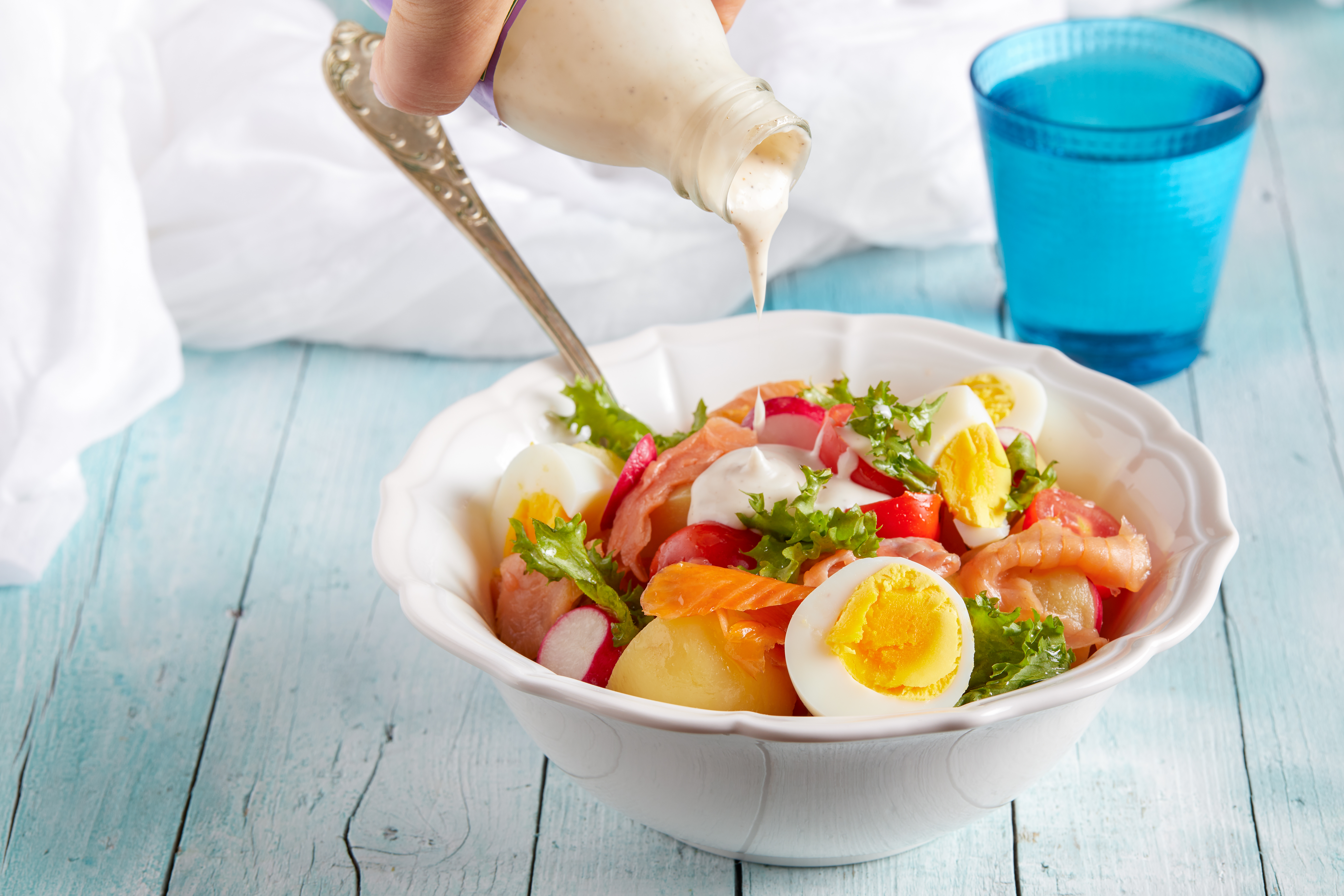
Packaged foods are convenient and often marketed as healthy options, yet many contain hidden sugars that can spike blood sugar levels. Foods like granola bars, flavored yogurts, and salad dressings may seem innocuous but often include high-fructose corn syrup or other sweeteners. These hidden sugars can add up quickly, leading to unexpected blood sugar spikes. It's essential to read labels carefully and be aware of the various names sugar can hide under, such as maltose, dextrose, or cane juice. Choosing whole, unprocessed foods can help reduce the intake of hidden sugars and support better blood sugar management.
4. Starchy Vegetables: The Unexpected Offenders
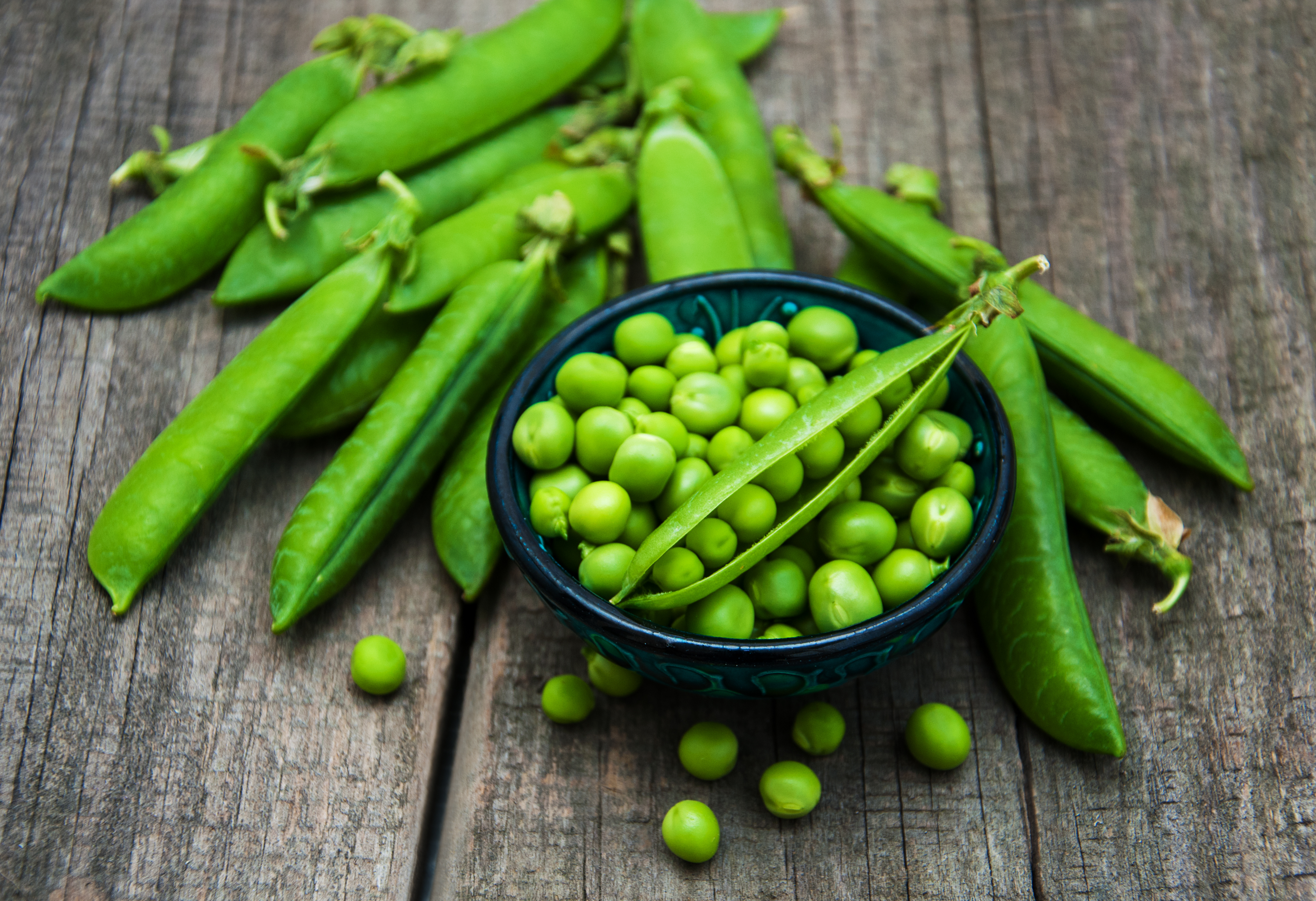
Starchy vegetables like potatoes, corn, and peas are often considered healthy, but they can significantly impact blood sugar levels. These vegetables contain higher amounts of carbohydrates compared to non-starchy vegetables, leading to a more rapid conversion to glucose in the body. While they provide essential nutrients, consuming them in large quantities can cause blood sugar spikes, particularly in individuals sensitive to carbohydrates. Balancing starchy vegetables with non-starchy ones, such as leafy greens and cruciferous vegetables, can help maintain better blood sugar control while still enjoying the nutritional benefits they offer.
5. Dairy Products: The Lactose Factor
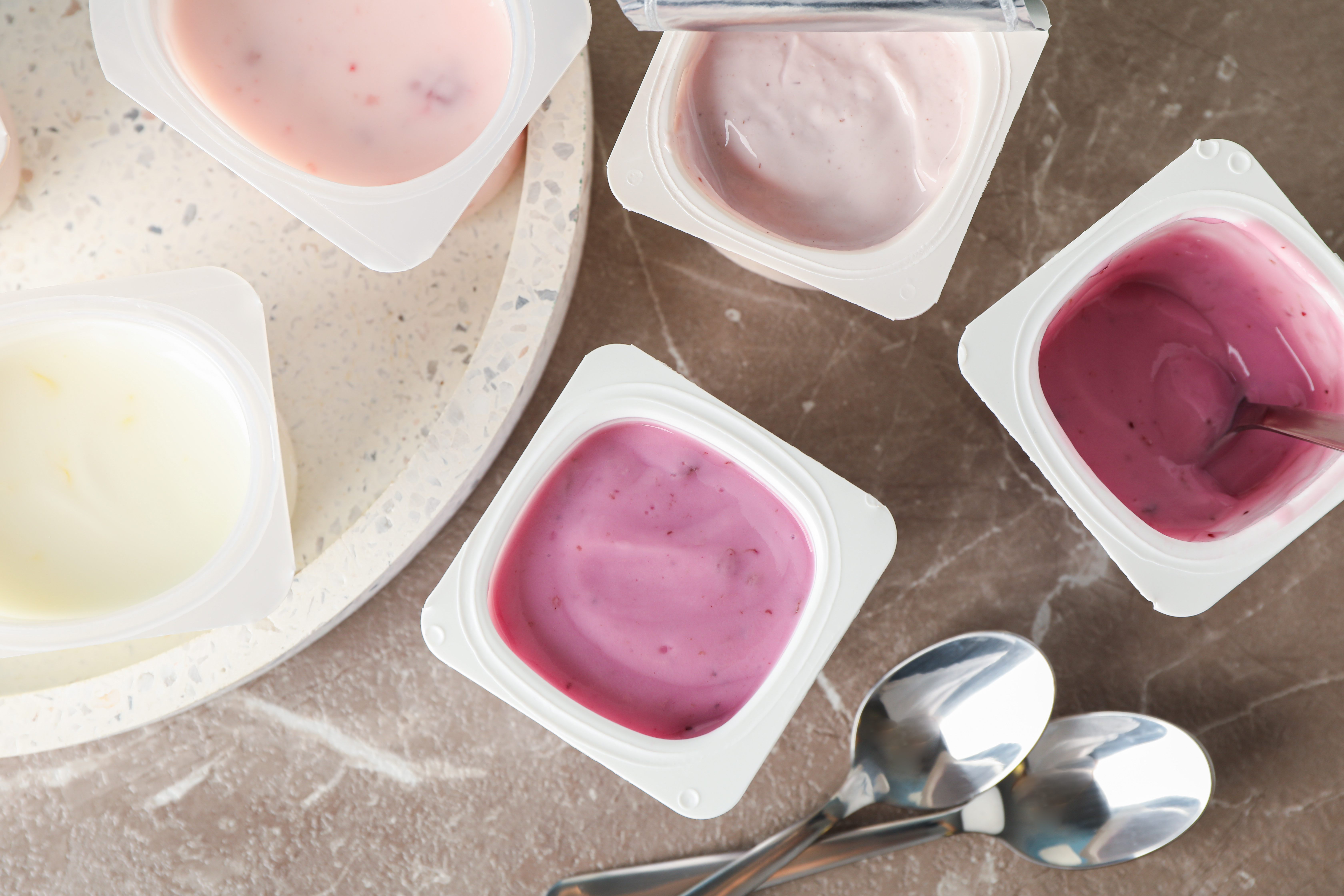
Dairy products, particularly those with added sugars like flavored milk and yogurt, can contribute to elevated blood sugar levels. Lactose, the natural sugar in milk, can also affect blood glucose, albeit to a lesser extent than added sugars. For individuals with lactose intolerance or sensitivity, the impact can be more pronounced. Choosing unsweetened dairy options or alternatives like almond or coconut milk can help mitigate these effects. Additionally, incorporating fermented dairy products like kefir or Greek yogurt, which have lower lactose content and beneficial probiotics, can support digestive health and more stable blood sugar levels.
6. Processed Snacks: The Sugar and Fat Combo
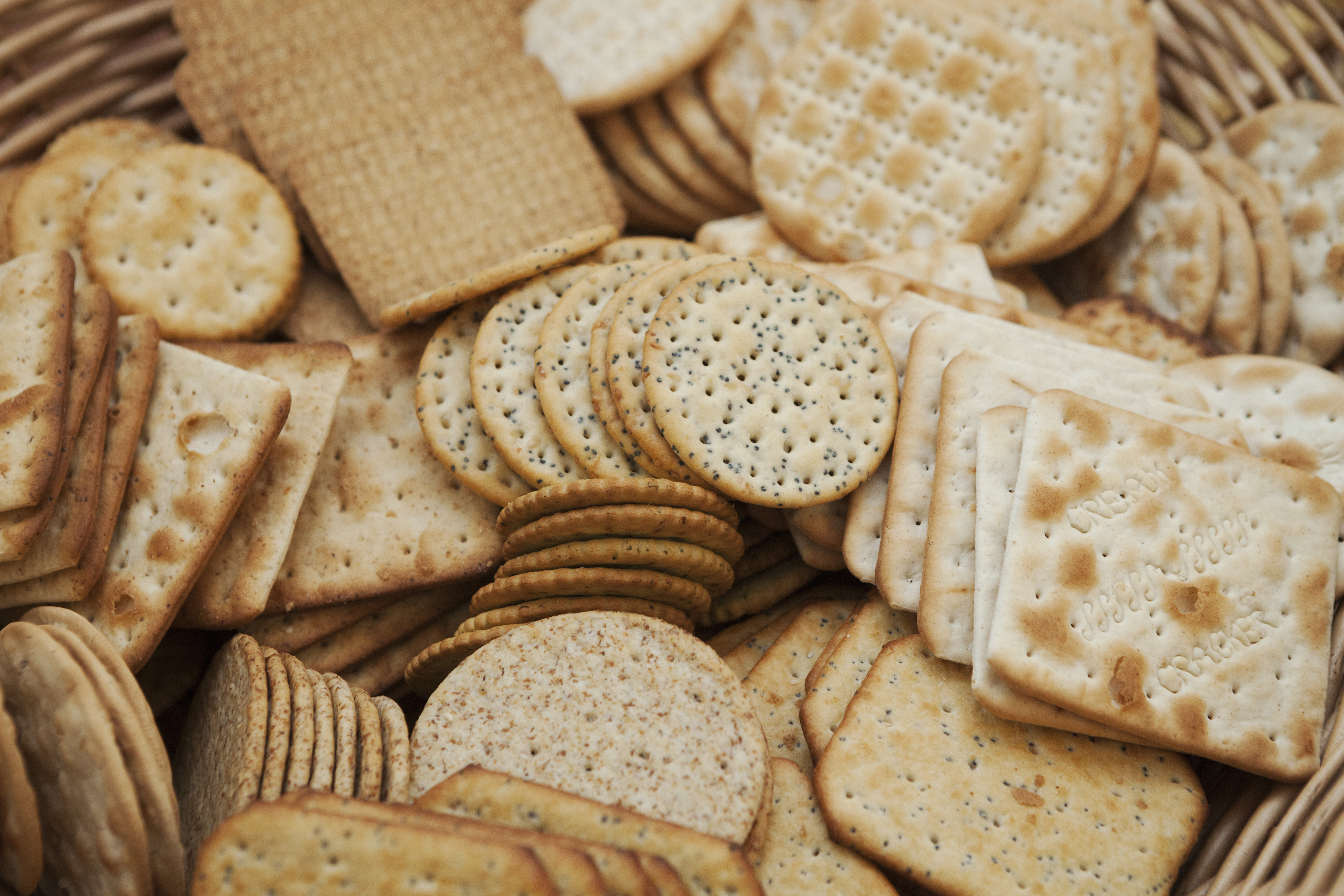
Processed snacks, such as chips, crackers, and cookies, often contain a combination of refined carbohydrates and unhealthy fats, making them particularly detrimental to blood sugar levels. These snacks are designed to be hyper-palatable, leading to overconsumption and subsequent blood sugar spikes. The lack of fiber and protein in these snacks further exacerbates the issue, as they are digested quickly, causing rapid glucose absorption. Opting for whole-food snacks like nuts, seeds, or fresh fruit can provide more balanced nutrition and help maintain stable blood sugar levels while satisfying snack cravings.
7. Condiments and Sauces: The Sweet Additions
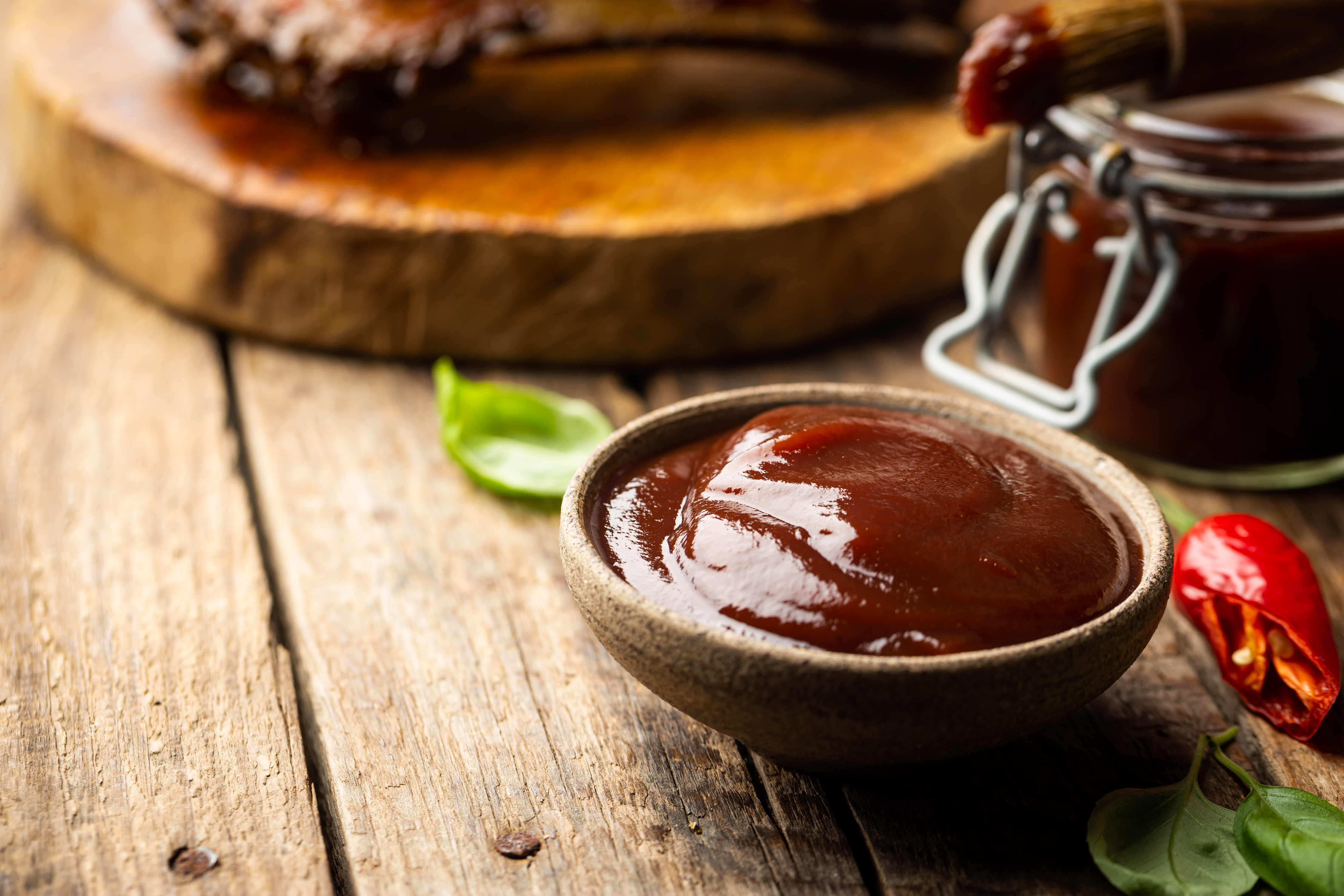
Condiments and sauces, such as ketchup, barbecue sauce, and salad dressings, are often overlooked sources of added sugars. These flavor enhancers can contain significant amounts of sugar, contributing to unexpected blood sugar spikes when used liberally. The convenience of these products often masks their sugar content, leading to unintentional overconsumption. Reading labels and choosing low-sugar or homemade alternatives can help reduce sugar intake from these sources. Additionally, experimenting with herbs and spices can add flavor without the need for sugary condiments, supporting better blood sugar management.
8. Breakfast Cereals: The Morning Sugar Rush
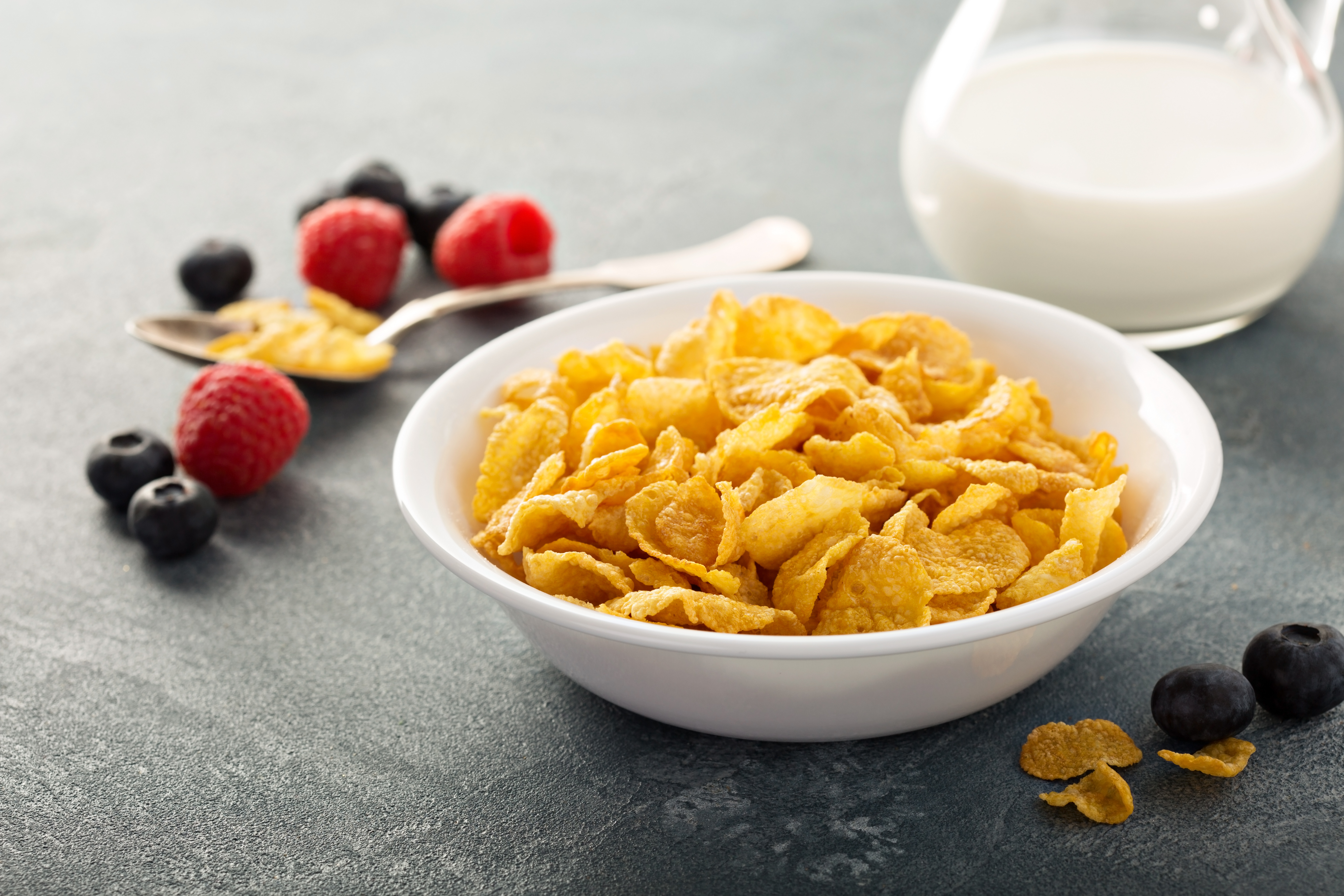
Breakfast cereals, particularly those marketed to children, are notorious for their high sugar content. Even cereals labeled as "whole grain" or "healthy" can contain significant amounts of added sugars, leading to a rapid rise in blood sugar levels after consumption. The combination of refined grains and sugar makes these cereals a less-than-ideal choice for a balanced breakfast. Opting for whole grain, low-sugar cereals or alternatives like oatmeal or homemade granola can provide a more nutritious start to the day, supporting sustained energy levels and better blood sugar control.
9. Alcoholic Beverages: The Sugar and Carb Mix

Alcoholic beverages, particularly cocktails and sweet wines, can contribute to elevated blood sugar levels due to their sugar and carbohydrate content. The liver prioritizes metabolizing alcohol over glucose, which can lead to fluctuating blood sugar levels. Additionally, alcohol can impair judgment, leading to poor dietary choices and further exacerbating blood sugar management issues. Moderation is key when consuming alcohol, and choosing lower-sugar options like dry wines or spirits with sugar-free mixers can help minimize its impact on blood sugar levels.
10. Gluten-Free Products: The Misleading Alternatives
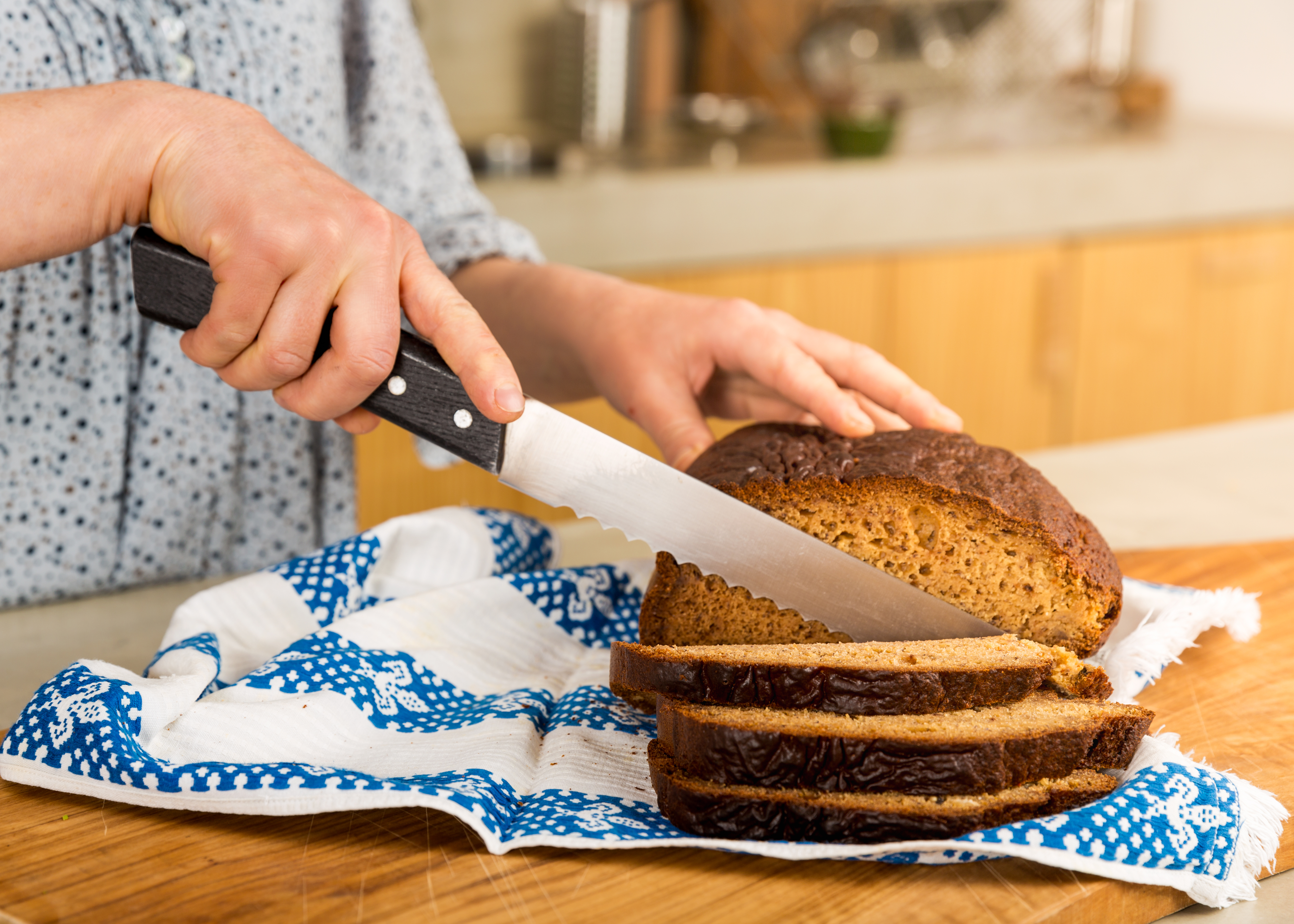
Gluten-free products are often perceived as healthier alternatives, yet many contain refined grains and added sugars to enhance flavor and texture. These ingredients can lead to blood sugar spikes similar to their gluten-containing counterparts. The absence of gluten does not necessarily equate to a lower glycemic index or better blood sugar control. Individuals following a gluten-free diet should focus on whole, naturally gluten-free foods like quinoa, brown rice, and legumes to ensure balanced nutrition and stable blood sugar levels.
11. Dried Fruits: The Concentrated Sugar Source
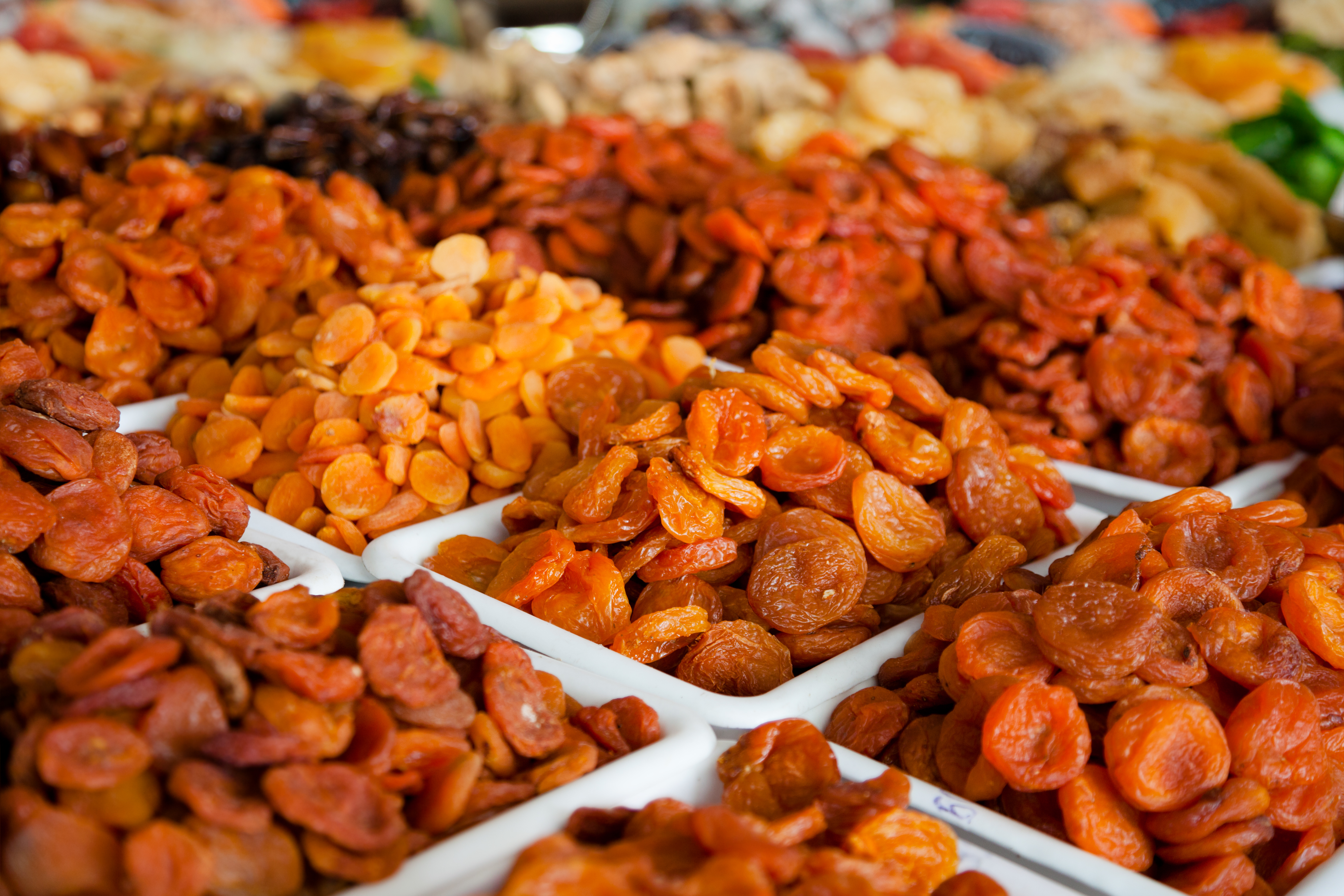
Dried fruits, while a convenient and nutrient-dense snack, can be a concentrated source of natural sugars. The drying process removes water content, concentrating the sugars and increasing the glycemic load. Consuming large quantities of dried fruits can lead to rapid blood sugar spikes, particularly if not balanced with protein or healthy fats. Portion control is crucial when enjoying dried fruits, and pairing them with nuts or seeds can help mitigate their impact on blood sugar levels while providing a satisfying and nutritious snack option.
12. Takeaway Foods: The Fast Food Factor

Takeaway foods, especially those from fast-food chains, often contain hidden sugars in their sauces, marinades, and breading. These sugars, combined with refined carbohydrates and unhealthy fats, can lead to significant blood sugar spikes. The convenience and palatability of these foods make them a popular choice, but they often come at the cost of blood sugar stability. Opting for healthier takeaway options, such as grilled proteins and salads without sugary dressings, can support better blood sugar management while still enjoying the convenience of prepared meals.
Empowering Informed Choices

Understanding the hidden sugars in our diets is a crucial step towards better blood sugar management and overall health. By identifying the top 12 culprits that secretly spike blood sugar levels, individuals can make more informed dietary choices that support their health goals. This awareness empowers individuals to read labels carefully, choose whole and unprocessed foods, and balance their meals with fiber, protein, and healthy fats. With this knowledge, managing blood sugar levels becomes a more achievable and sustainable endeavor, promoting long-term health and well-being.